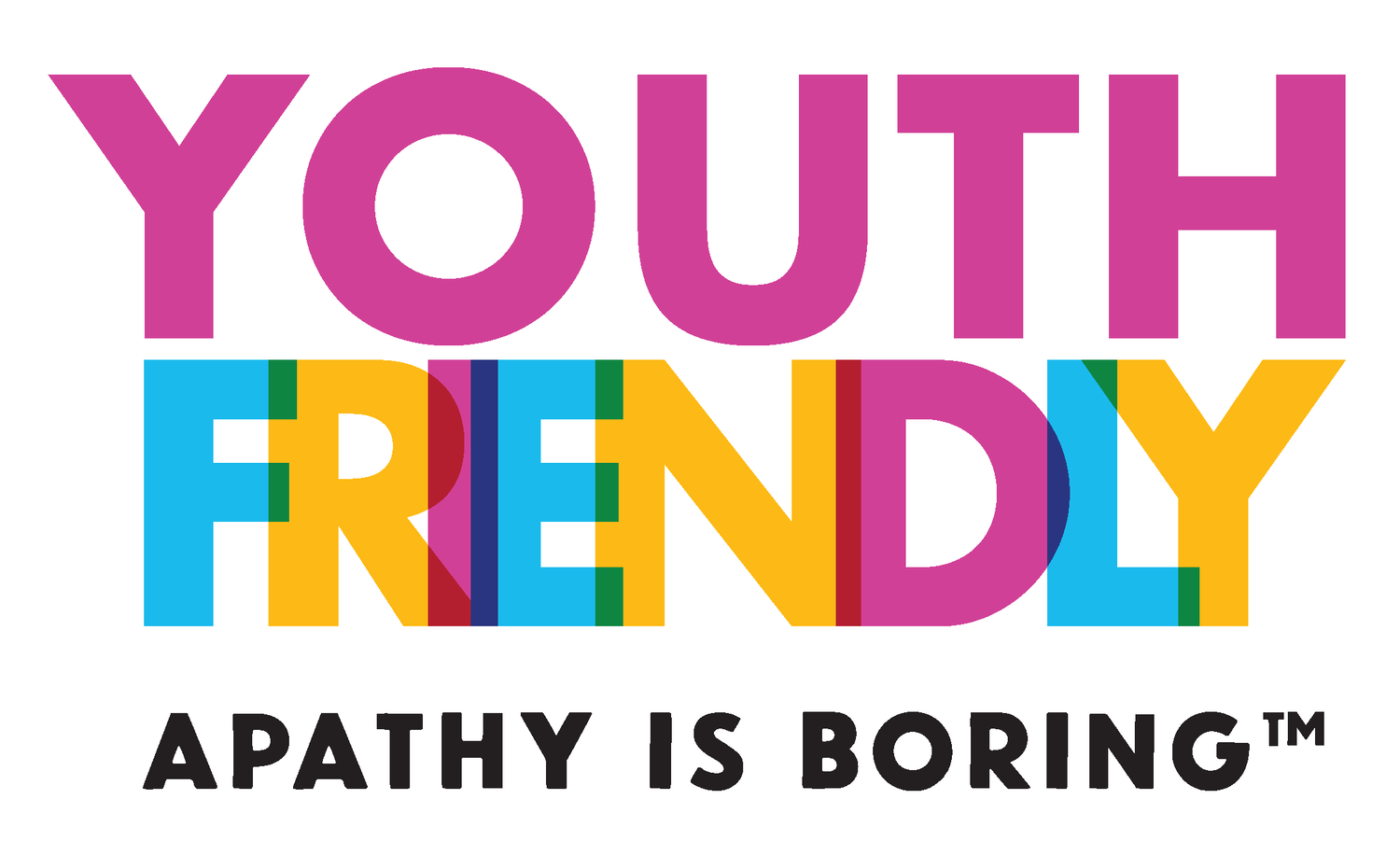Let’s Talk About Gatekeeping
Source: wallpaperstock.net
When breaking into any industry, youth face a unique set of challenges. To start, there is often an age gap between a young person and those in positions of power within an organization or institution. With this age gap comes a phenomenon known as “gatekeeping.” Gatekeeping is meant to restrict access to knowledge, and it is especially rampant in professional settings where youth are most vulnerable. Though gatekeeping is often pointed at youth, its outcomes impact everyone. Engaging youth in democracy starts with providing information in an accessible way. In order for young people to be active members of society, we need to work in spaces where we feel empowered to make decisions — this all comes from having access to information.
In order to engage youth and create environments where we can have a voice and an impact, it is important that organizations understand what gatekeeping is, how they might be perpetuating it, and how to avoid it in the future.
What is gatekeeping?
Gatekeeping is the withholding of knowledge, resources, and decision-making power by older generations or organizations to limit the growth of young people to positions of power and leadership.
Gatekeeping is nothing new, in fact, it is somewhat of a cultural tradition. When a newcomer — specifically a young person — joins an organization, they are often relegated to the bottom of the social and professional hierarchy until they work their way up. Gatekeeping intentionally keeps someone uninformed and therefore, keeps them in a powerless position. When knowledge and skills are not passed down to youth coming into an organization, they are unable to thrive and grow in their position. Apart from its individual impact on youth’s ability to learn, gatekeeping prevents your organization’s overall community from growing.
How does gatekeeping present itself in organizations?
Gatekeeping suppresses both new ideas and those who have them, and it can be tied to ageism in organizations. Stereotypes associated with young people such as laziness, naivety, or incompetence are well-established in organizations, and this impacts the way young people are treated as newcomers. Young people can be denied opportunities of growth and inclusion in an organization simply because of the different lived experiences that inform their perspectives. If a young person enters into an organization with new ideas that don’t align with the traditional practices of that organization, gatekeeping could look like that young person being excluded from all decision-making conversations or meetings because they are not deemed worthy enough.
Along with withholding knowledge, gatekeeping is about keeping someone in their place. In a workplace setting, this can look like a manager holding resentment for a talented young staff member, and thus purposely not giving them promotions or letting them take on new responsibilities and projects. It disproportionately impacts young people who are struggling to enter the job market — a problem that has worsened during the pandemic. Ultimately, gatekeeping pushes young people away from your organization, and with them, they will take their creativity, new ideas and fresh perspectives.
How can you avoid gatekeeping within your organization?
Arguably the most effective way to prevent gatekeeping is by spreading knowledge through social media. Online outreach is the ideal method of connecting with youth, and it shows your organization’s understanding and commitment to issues that affect us. Young people turn to social media when seeking information about an organization, and your online presence plays a central role in showing what you’re all about. You can use your online presence to push back on gatekeeping by spreading information about the causes your organization stands for. Having an aesthetically pleasing Instagram isn’t enough to meaningfully engage youth — use it as a tool to spread and share information. Along with posting about the things your organization is doing, take it a step further by asking youth questions and garnering their perspectives.
Update your social media pages with conversation-starting content — make sure you’re not just posting promotional content and press releases. Engage with your audience by keeping the conversation going. Like and reply to comments and answer questions when you can — this shows that you care about your audience’s understanding of your mission.
When you have youth working within your organization, avoiding gatekeeping means providing opportunities for young people to share their feedback, welcoming questions, being transparent in your answers and simply giving them the space to have a say within your organization.
Remember
By blocking young perspectives, gatekeeping stands in the way of innovation and creativity. Youth are already absent from so many decision making tables, and it is crucial that we combat exclusion of youth in organizations and institutions that benefit from our ideas. Pushing back on gatekeeping means communication, transparency, sharing feedback and empowering youth through decision making opportunities. When youth are allotted these things, we develop confidence that we can take with us when navigating the world and participating in democracy. Young people want to be a part of your organization, you just need to let them in.

